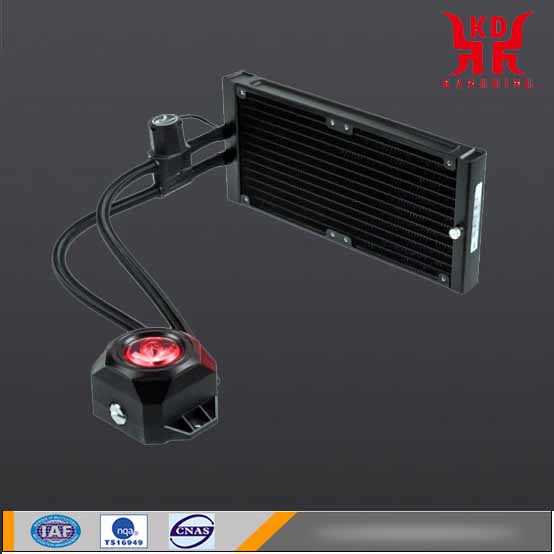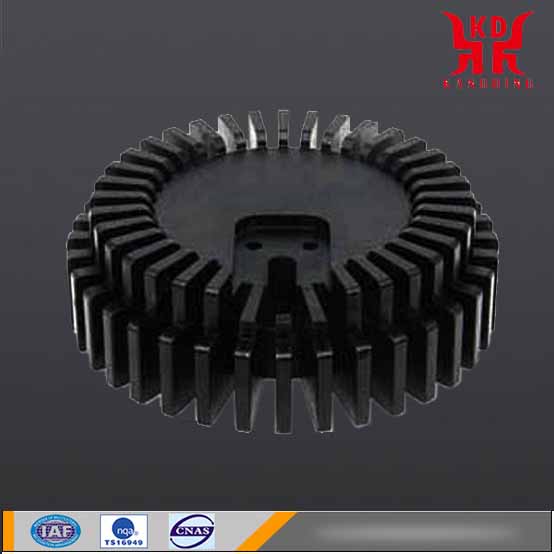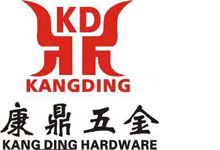Secondly, this kind of cold plate can only be used on one side, and the side where the metal copper and stainless steel pipes are buried cannot be used for heat dissipation.
The second method of making liquid-cooled plates is to use CNC machine tools to carve grooves on a thicker aluminum metal plate, and then weld a cover plate on its surface. The biggest disadvantage of this method is its high cost. The use of CNC machine tools and the welding process have caused the cost to remain high. Generally, the welding process is only used when the liquid-cooled plate process requirements are stricter.
How to design a liquid-cooled plate with simple structure, convenient processing, and low cost has become a research topic for those skilled in the art.
The problem to be solved is to provide a liquid-cooled plate with simple structure, convenient processing and low cost.
The technical scheme adopted by the utility model: a liquid cooling plate, comprising an upper cooling plate and a lower cooling plate. The upper cold plate is stamped with channels for cooling liquid to circulate. The shape of the channel is centrally symmetrical. One end of the lower cold plate is symmetrically provided with inlet and outlet joints. The channel includes a main water inlet channel connected with the water inlet connector, a main water outlet channel connected with the water outlet connector, and a branch channel connected with the main liquid inlet and outlet channels. The upper and lower cold plates are integrated by vacuum brazing.
A brazing groove is provided in the middle of the upper cold plate, and the brazing groove is located on the central symmetry line of the branch channel.
The four corners of the upper and lower cold plates are provided with positioning screw holes.
The branch channel is at least two liquid tanks arranged in parallel.
The branch channel between the inlet and outlet joints is composed of U-shaped, triangular, and square









